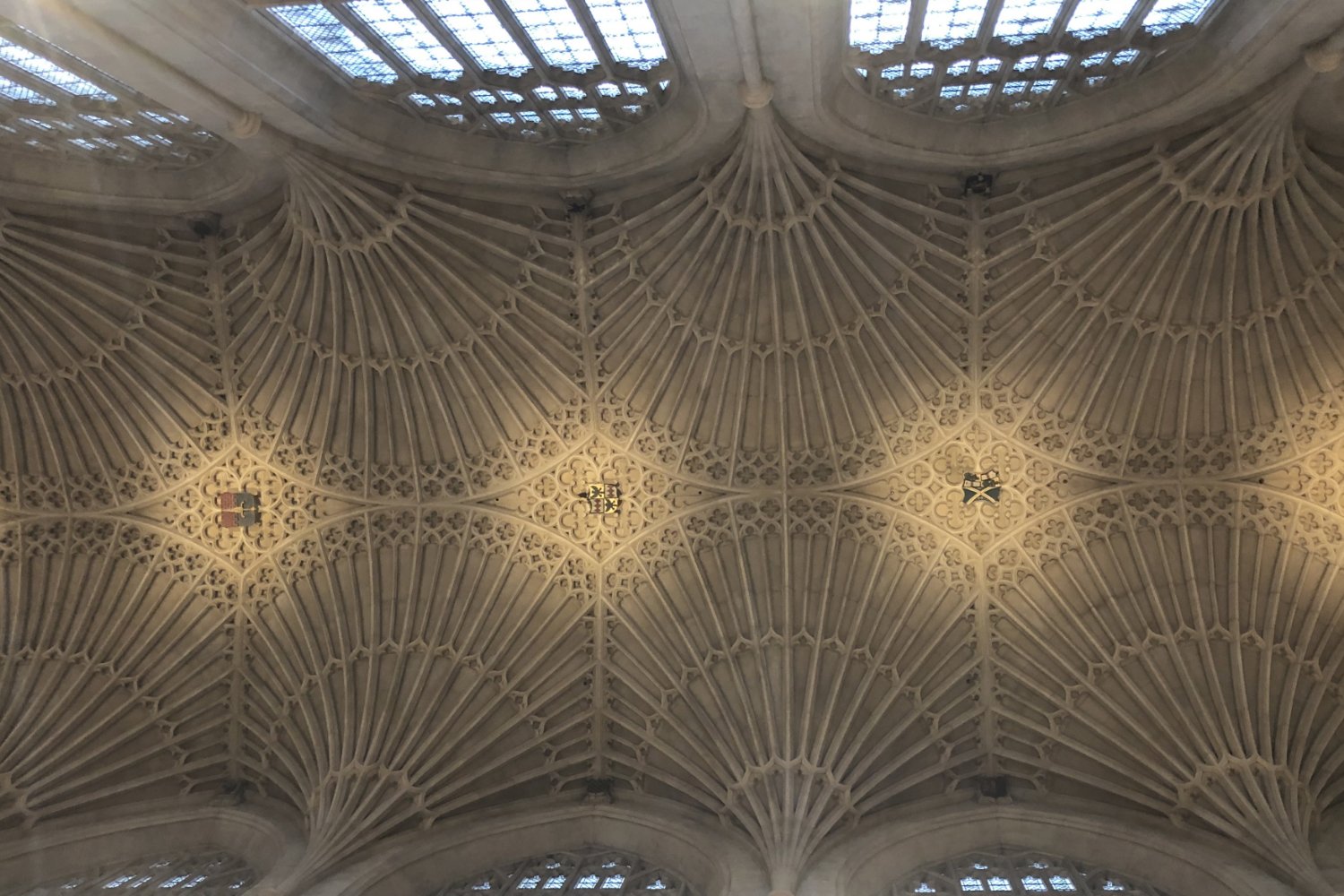NCN 4 Great Bedwyn to Bristol
Bath Abbey
Great Bedwyn to Bristol 102km
The third stage of the National Cycle Route 4 is a timeline of English History - A Giant’s Grave dating from pre-history, the Roman Baths at Aquae Sulis, Swanborough Stump where in 871 King Alfred assembled the English army before attacking the Danes. There’s the incomparable Medieval Bath Abbey and at the end of the magnificent ride, you come face to face with Edward Colstony, the 18th century benefactor and slaver, before climbing aboard the SS Great Britain, one of Victorian England’s great ships. All in all, there is much to entertain both the mind and body on this route through the rolling downs of southern England.














Ride Practicalities
START/FINISH: Great Bedwyn/Bristol DISTANCE: 103km TOTAL ASCENT: 649m TERRAIN AND SURFACES: A mix of traffic-free cyclepaths, towpaths, and rural lanes RECOMMENDED CAFÈS/PUBS; Pewsey; The Golden Swan, Devizes; The Canal and River Trust, Caen Locks, Bath, The Pumprooms, Warmley, The Warmley Waiting Room CAMPING; Pewsey; The Golden Swan; ACCOMMODATION: The usual Apps will help you decided where to stay, depending on your budget NEARBY MAINLINE TRAIN SERVICES: Devizes, Bath, Bristol LINKS TO OTHER RIDES: NCN 3, The South West Way, The Great West Way
Ride Notes
For reasons which have no explanation, this stage prior to arriving in Bath, is very under-used by cyclists; the countryside rolls along gently at the foot of the scenic Wessex Downs , an area of outstanding natural beauty. You pass farms where cattle still graze in fields, and where villages have a shop and even a pub. There is a timelessness to this riding; cottages are thatched and built with wooden beams, roses bloom in cottage gardens and the lanes, lined with wayside flowers, are empty of traffic.
As ever on this National Cycle Route, evidence of war and industry are very apparent. The Crofton Beam Engines built in 1807-9 to pump water up to the highest point of the Kennet and Avon Canal was a pioneer in steam driven power. Signs of how the region prepared for war include, the Swanborough Tump, where it is said, the future King Alfred the Great met his elder brother King Aethelred I on their way to fight the invading Danes, who were camped in Reading. Each one swore if the other died in battle the dead man’s children would inherit the lands of their father King Aethelwulf. A later threat, this time from the Nazis, led to the creation of The Thin Blue Line, with its succession of ‘pill-boxes’ which stretch for much of today’s route.
After some kilometres wending along country lanes, you, re-join the Kennet and Avon canal for perhaps its most spectacular part, the Caen Hill (pronounced ‘cane’),locks, which are one of the longest continuous flight of locks in the country - a total of 29 locks with a rise of 70 metres. It takes a boat and its crew, over two hours on a non-busy day to travel through them, whilst you on a bicycle, will take less than a minute to move from top to bottom.
From Bradford-upon-Avon, the sites and views ratchet up a notch. Buildings are made of the honeyed Cotswold stone, including a spectacular medieval Tithe Barn at Barton. where the tithes - or a tenth of the harvest from each serf, was kept. The idea being that in times of famine, the church would be able to feed those most affected. However, the tithes also greatly enriched the church, as evidenced by this architecturally splendid barn.
The Ancient Britons, the Romans, the great and not so good in the Regency and Victorian eras, all came to Bath for its restorative spa waters. However, for all the great things that can be enjoyed in Bath, a UNESCO World Heritage Site, not least the Roman Baths of Aquae Sulis and the spectacular Bath Abbey, the waters cannot be taken. However, a champagne tea in the world famous Pump Tea Rooms may be some form of compensation.
Bristol is where Sustrans, who manage the National Cycling Network are based, so you’d expect good cycle lanes. The link between Bath and Bristol on an old railway line, was their first project and it’s heavily used by all manner and types of cyclists. It’s a joy to ride on, as are the cafes which have taken over the old stations.
Bristol bustles with people and history. This section of the route finishes at the old Bristol docks, completing a southern coast to coast ride from Greenwich. Within the dockyard area is Brunel’s SS Great Britain, the ‘the greatest experiment since the creation’. It was, when it was launched in 1843, the largest vessel ever built. Nearby is the M Shed, a museum where you will find the paint-daubed statue of Edward Colston, slaver and city benefactor. The exhibition around his legacy is as thought provoking as ever you’ll find.
To go straight to stage 4, click here
All the details given on this route are given in good faith. However, situations on the ground can change, so if you know of any access issues, closures, or have any thoughts and feedback on the route, please include them in the comments section below.
